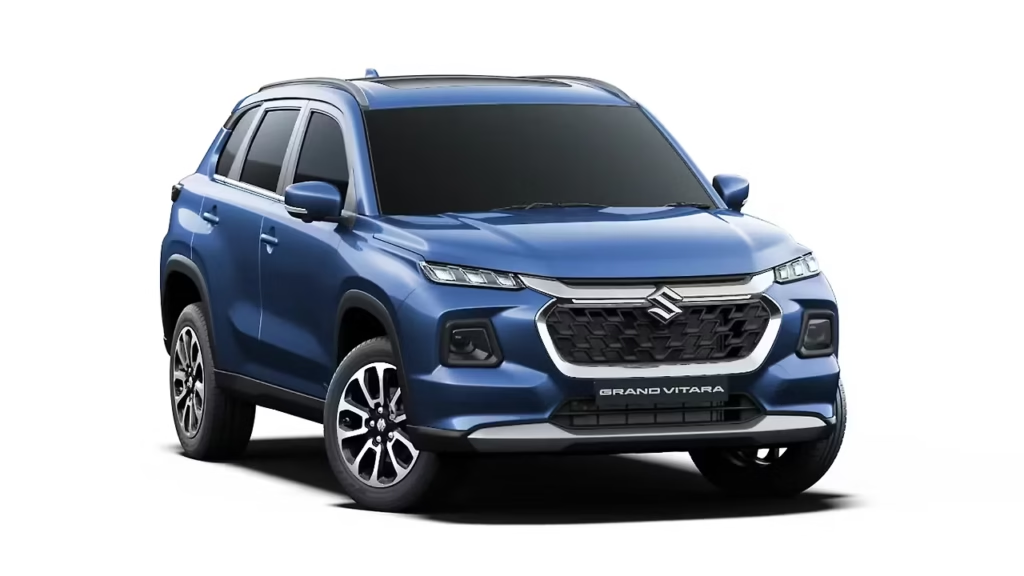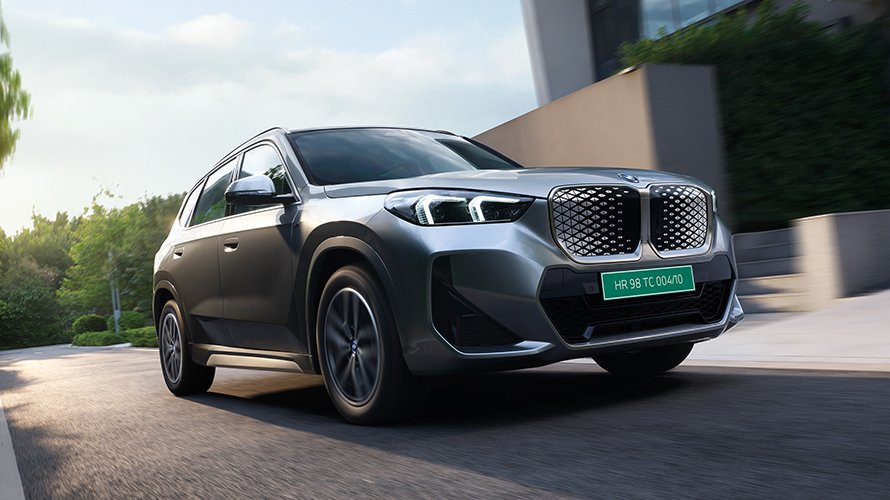New Delhi, September 21, 2025 – As India’s automotive market accelerates towards greener mobility, the country’s top carmakers are ramping up their hybrid offerings to meet rising demand for fuel-efficient vehicles. With hybrids outselling pure EVs in recent months—accounting for nearly 2% of total sales in FY 2023-24—Maruti Suzuki, Mahindra, and Hyundai are investing heavily in strong hybrid technologies. These powertrains, which combine internal combustion engines with electric motors for seamless performance and superior mileage, promise to bridge the gap between traditional petrol/diesel models and full electrification. Multiple models are in the pipeline, with launches slated between late 2025 and 2027, targeting everything from compact crossovers to family SUVs.
This surge aligns with stricter Corporate Average Fuel Economy (CAFE) norms set for 2027 and growing consumer preference for hybrids amid charging infrastructure challenges. Let’s dive into the key upcoming hybrids from these giants.
Maruti Suzuki: Pioneering Affordable Series Hybrids
Maruti Suzuki, India’s largest carmaker, is doubling down on its in-house hybrid strategy to maintain its dominance in the budget and mid-segment markets. The company is developing a proprietary HEV Series hybrid system—also dubbed a range extender hybrid—that uses a petrol engine solely to generate electricity for the electric motor, optimizing efficiency without direct mechanical linkage. This tech is expected to deliver exceptional fuel economy of 35-40 kmpl on test cycles, making it a game-changer for cost-conscious buyers.
Leading the charge is the Fronx Hybrid, set for a late 2025 or early 2026 debut. The facelifted Fronx (internal code: YTB) will be the first to adopt this system, pairing Maruti’s familiar 1.2-litre Z12E three-cylinder petrol engine with hybrid components for smooth urban driving and highway prowess. Test mules have been spotted multiple times, hinting at minimal exterior changes but enhanced efficiency—potentially over 30 kmpl—while keeping prices competitive, starting around Rs 10-12 lakh (ex-showroom). Priced for mass appeal, it aims to challenge rivals like the Tata Nexon and Hyundai Venue in the sub-compact SUV space.
Not stopping there, Maruti plans a next-gen Baleno Hybrid by late 2026 or early 2027. This premium hatchback will integrate the same series hybrid setup, boosting its city-friendly credentials with improved mileage and lower emissions. Built on an evolved Heartect platform, it could feature updated styling, advanced infotainment, and ADAS features, positioning it as a stylish alternative to the Toyota Glanza.
Additionally, a three-row Grand Vitara (code: Y17) is slated for 2025, expanding Maruti’s strong hybrid lineup (currently seen in the existing Grand Vitara and Invicto). This 7-seater SUV will retain the proven 1.5-litre Atkinson-cycle petrol engine mated to a 177.6V lithium-ion battery and electric motor, offering family-hauling versatility with hybrid efficiency. Expect pricing from Rs 15-20 lakh, targeting the Toyota Innova Hycross segment.
Maruti’s hybrid push, bolstered by its Toyota partnership, has already seen the Grand Vitara Hybrid capture 15-20% of its sales in 2023, underscoring the tech’s popularity.
Mahindra: Blending Hybrids with Born-Electric Ambitions
Mahindra & Mahindra, known for rugged SUVs, is cautiously entering the hybrid fray while prioritizing its electric “Born Electric” lineup like the BE 6 and XEV 9e. However, recognizing hybrids’ sales momentum—8,754 units in April 2025 alone—the company is exploring both strong and range-extender hybrids on its internal combustion engine (ICE) and EV platforms. This dual approach could see hybrids integrated into models like the XUV700 Facelift (expected 2025) and Thar Facelift.
The star of Mahindra’s hybrid plans is the XUV3XO Hybrid, internally codenamed S226, slated for a 2026 launch. This compact SUV will mark Mahindra’s first strong hybrid in India, pairing its existing 1.2-litre three-cylinder turbo-petrol engine with a series-parallel hybrid system for balanced performance and efficiency. Aimed at urban millennials, it promises quick acceleration, regenerative braking, and mileage north of 25 kmpl, competing head-on with the Maruti Brezza and Kia Sonet. Estimated pricing starts at Rs 12-15 lakh, with added tech like Level 2 ADAS and a panoramic sunroof.
Mahindra’s hybrid exploration extends to larger models, potentially hybridizing the XUV700 for enhanced torque and fuel savings in its diesel/petrol variants. While details are sparse, sources indicate a focus on cost-effective localization to keep prices accessible. With EV sales at 2,604 units in May 2025, hybrids could serve as a transitional tech, helping Mahindra meet CAFE targets without fully pivoting from ICE.
Hyundai: Luxury Hybrids for the Premium Buyer
Hyundai Motor India, the second-largest player, is set to disrupt the hybrid space with sophisticated strong hybrid SUVs by 2027, following its Creta Electric launch earlier this year. Executive Chairman Euisun Chung has emphasized hybrids as a core portfolio element alongside EVs, with localization efforts (including a partnership with Exide for batteries) to ensure competitive pricing.
Headlining is the next-generation Creta (code: SX3), expected in 2027. This third-gen midsize SUV will introduce a 1.5-litre naturally aspirated petrol-hybrid powertrain—shared with its Kia Seltos sibling—for seamless EV-like driving in city traffic and petrol reliability on highways. Complementing existing 1.5-litre petrol, turbo-petrol, and diesel options, the hybrid could deliver 25-28 kmpl while retaining Creta’s bold “Sensuous Sportiness” design, panoramic sunroof, and Bose audio. Built at Hyundai’s Tamil Nadu plant, it will target 1.17 lakh annual sales (as seen in H1 2025 for the current model), priced from Rs 13-18 lakh.
Hyundai is also developing a new 7-seater hybrid SUV, positioned between the Alcazar and Tucson, for a 2027 launch. Based on the Tucson LWB platform, it may employ a 1.6-litre petrol-hybrid or the 1.5-litre setup, offering three-row seating, advanced safety (including Highway Driving Assist), and premium interiors to rival the Mahindra XUV700 and Tata Safari. This model underscores Hyundai’s bet on family-oriented hybrids, with potential exports to 13+ countries.
Why Hybrids Are the Future in India
With over 85,000-90,000 hybrids sold in FY 2023-24—driven by Maruti-Toyota dominance—these launches signal a maturing market. Hybrids offer instant torque, lower running costs (Rs 2-3/km vs. Rs 5-6 for petrol), and no range anxiety, appealing to India’s diverse roads and fuel prices. As GST revisions (effective September 22, 2025) slash prices by up to Rs 3.49 lakh on select models, affordability will soar.For buyers, Maruti delivers value-packed efficiency, Mahindra rugged versatility, and Hyundai premium tech. By 2027, these hybrids could capture 5-10% market share, accelerating India’s green shift. Keep an eye on test drives—the hybrid era is just revving up.



